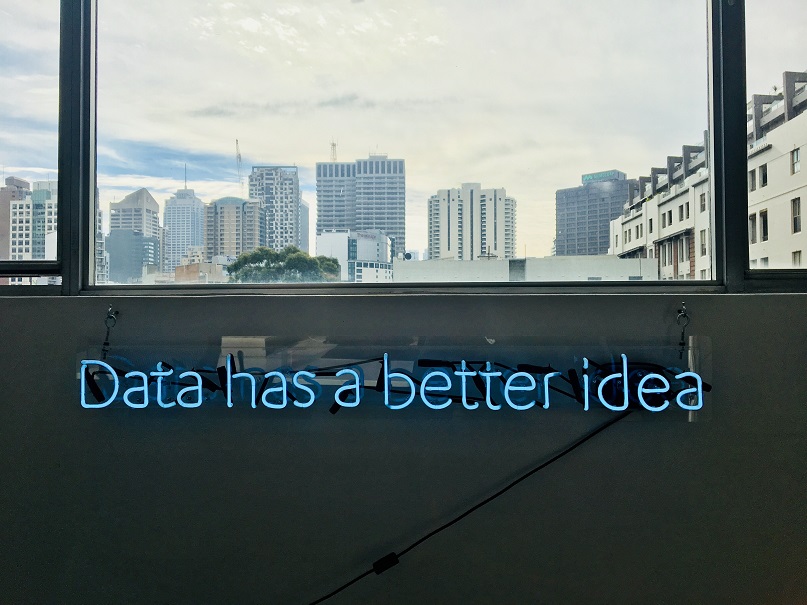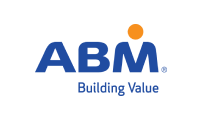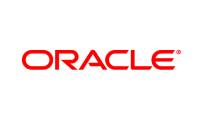By Jacob Nihan, Michigan State University, and Rosalinda Sanquiche, CSE
Artificial Intelligence and robotics go hand-in-hand. Together they can create technologically advanced sustainability solutions. This technology has the power to learn and operate without human intervention. Tesla and AGROBOT are examples of great potential impact for the future.
Tesla, the electric automotive company, is releasing a new product in 2019 the Tesla Semi-Truck. Since the announcement, there have been preorders from companies like UPS, FedEx, DHL, Walmart, Anheuser Busch, J.B. Hunt, and Pepsi. To operate, the semi uses artificial intelligence, sensors, and robotics. It currently requires a backup driver but has advanced autopilot abilities that calculate the most efficient route to take. The four battery packs are able to combine and run for 400 miles off a 30-minuet charge. While carrying capacity is a concern, fuel savings and tax incentives can make up for the potential difference in freight. With major companies testing out this product, it has the ability to revolutionize supply chains in the US and potentially around the globe.
Autonomous delivery has the potential to be a strong addition to companies’ sustainability plans. A key consideration is the source of the electricity. Tesla claims their semi will save up to $200,000 a year in fuel costs. One semi is equivalent to taking 500,000 cars off the road per year. If the electricity is derived from solar, this can be a huge step forward. If from oil or coal, this could be at minimum an improvement. While there are some concerns, the potential for products like this to be cost beneficial and help the planet makes them worth watching.
Agriculture is already benefiting from AI. For example, Blue River Technology has increased spraying efficiency of chemicals for crops by 90%. Moving forward, AGROBOT is an automatic strawberry picker with potential to transform the farming industry. Its performance can spark innovation and lead to competitors creating similar products for different crops. AGROBOT uses graphic processing artificial intelligence, 3D sensing, and robotics to operate. Graphic processing determines the ripeness of the berry. It uses a razor-sharp blade to cut the fruit which falls into a basket. The machine never touches the fruit. Given that 40% of a berry farmer’s budget is labor cost, AGROBOT has the potential to reduce costs and make harvesting more efficient for farmers.
While we are only at the beginning of the artificial intelligence revolution, it is important to be optimistic and excited about the future. The market is taking note, with investors such as Intel Capital and Bloomberg investing in 51 and 23 AI ventures respectively in as of May 2019. Tesla semi-trucks and AGROBOT are just the beginning of what the future holds for robots with artificial intelligence.
AI has the power to make our society more efficient and sustainable if used correctly. CSE’s 2018 research started the exploration. Now, CSE’s 2019 research is taking a deeper look at sustainability applications of AI and Blockchain, reporting on new techs that span law, media, energy, fisheries and more.
CSE research informs the continuously updated trainings CSE provides. Release of new research content will be made during fall trainings in Houston, Sept 26-27; San Francisco 15-16 Oct.; Seattle, Oct. 28-29; and Toronto, Oct. 31-Nov. 1, 2019.







